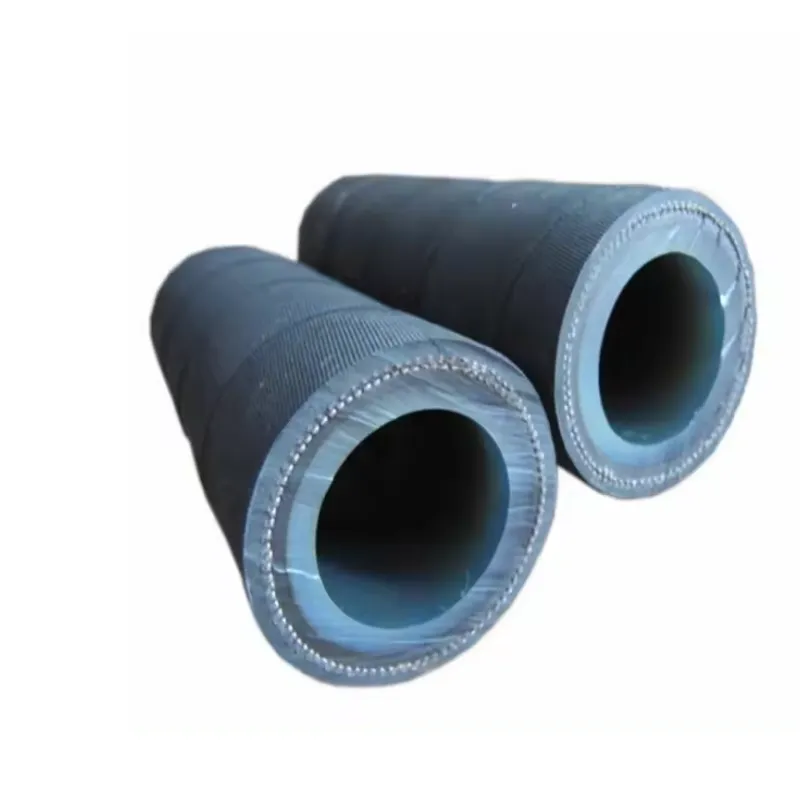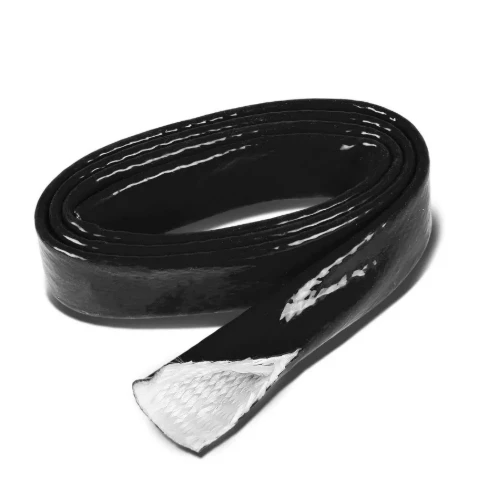
- Afrikaans
- Albanian
- Amharic
- Arabic
- Armenian
- Azerbaijani
- Basque
- Belarusian
- Bengali
- Bosnian
- Bulgarian
- Catalan
- Cebuano
- Corsican
- Croatian
- Czech
- Danish
- Dutch
- English
- Esperanto
- Estonian
- Finnish
- French
- Frisian
- Galician
- Georgian
- German
- Greek
- Gujarati
- haitian_creole
- hausa
- hawaiian
- Hebrew
- Hindi
- Miao
- Hungarian
- Icelandic
- igbo
- Indonesian
- irish
- Italian
- Japanese
- Javanese
- Kannada
- kazakh
- Khmer
- Rwandese
- Korean
- Kurdish
- Kyrgyz
- Lao
- Latin
- Latvian
- Lithuanian
- Luxembourgish
- Macedonian
- Malgashi
- Malay
- Malayalam
- Maltese
- Maori
- Marathi
- Mongolian
- Myanmar
- Nepali
- Norwegian
- Norwegian
- Occitan
- Pashto
- Persian
- Polish
- Portuguese
- Punjabi
- Romanian
- Russian
- Samoan
- scottish-gaelic
- Serbian
- Sesotho
- Shona
- Sindhi
- Sinhala
- Slovak
- Slovenian
- Somali
- Spanish
- Sundanese
- Swahili
- Swedish
- Tagalog
- Tajik
- Tamil
- Tatar
- Telugu
- Thai
- Turkish
- Turkmen
- Ukrainian
- Urdu
- Uighur
- Uzbek
- Vietnamese
- Welsh
- Bantu
- Yiddish
- Yoruba
- Zulu

يانۋار . 29, 2025 02:23 Back to list
changing a hydraulic hose


3. Measuring and Selecting the New Hose Precision in measurement ensures that replacements fit seamlessly. Selecting a hose with the appropriate pressure rating, material, and diameter is crucial. The information is often found in the machinery's manual or directly on the hose itself. 4. Installing the New Hose Begin by attaching one fitting without tightening completely. This allows for adjustments without straining the hose. Once both ends are secured, tighten the fittings fully, ensuring not to over-tighten them, which could distort the threads or cause cracks. 5. Testing the System With the hose securely in place, carefully repressurize the system. Check the hose for leaks by slowly increasing pressure and visually inspecting joints. Ensure the system operates smoothly without any unusual noises or vibrations. Enhancing Longevity and Safety Hydraulic systems represent a significant investment, and proper hose replacement ensures these systems continue to operate safely. Products such as hose guards and sleeves can protect against environmental wear and tear, extending the life of the hose. Choosing high-quality hoses from reputable manufacturers further guarantees that the equipment performs at its best. Documentation and Regular Maintenance Maintaining a detailed record of all replacements and repairs is integral. Such documentation assists in predicting future maintenance needs and provides a transparent history for troubleshooting. Moreover, establishing a regular maintenance schedule and adhering to it ensures early detection of potential issues, further securing the system's longevity and performance. Operators should be trained to follow these schedules and upkeep logs to reinforce reliability and trustworthiness in the machinery's usability. In conclusion, replacing a hydraulic hose requires a blend of keen observation, expertise, and adherence to safety protocols. Embracing best practices not only ensures the system's efficiency but also protects operators' safety, ultimately fostering a reliable and productive working environment.
Latest News
Steel Wire Reinforced Hydraulic Hose SAE 100 R1 / EN853 1SN S
NewsOct.17,2024
Two Layers Steel Wire Reinforced Hydraulic Hose SAE 100 R2 / EN853 2SN
NewsSep.03,2024
Textile Braid Reinforced Hydraulic Hose SAE100 R3+R6
NewsSep.03,2024
Textile Reinforced Hydraulic oil Suction Hose with embedded Steel Wire SAE 100 R4
NewsSep.03,2024
Single Wire Braid and Textile Covered Hydraulic Hose SAE 100 R5
NewsSep.03,2024
High Pressure Thermoplastic Hydraulic Hose SAE 100 R7 / EN855 R7 - SAE 100 R8 / EN855 R8
NewsSep.03,2024
Heavy Duty Four-layer Steel Wire Spiral Reinforced Hydraulic Hose SAE100R9+R10+R12
NewsSep.03,2024
Heavy Duty Multi-layer Steel Wire Reinforced Hydraulic Hose SAE100R13 SAE100R15
NewsSep.03,2024
Latest Products










